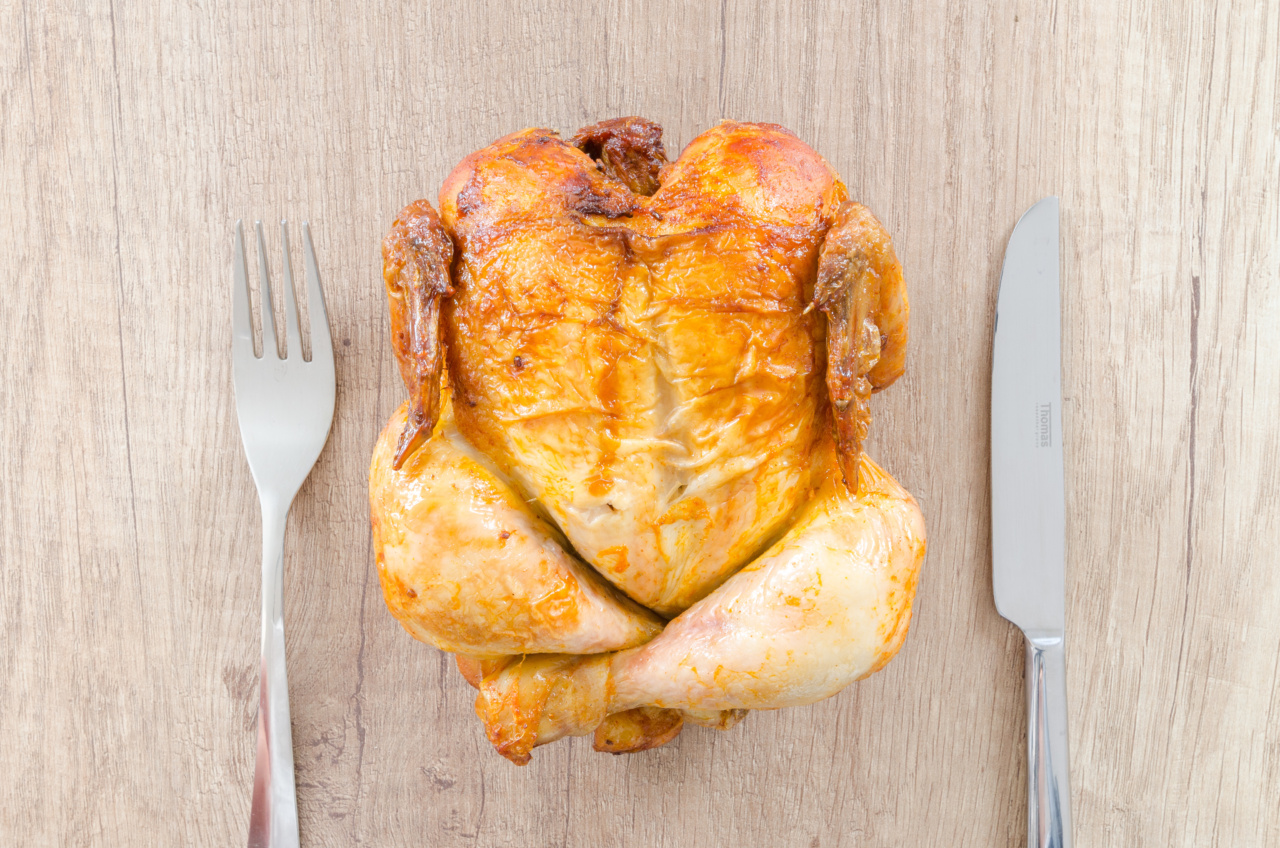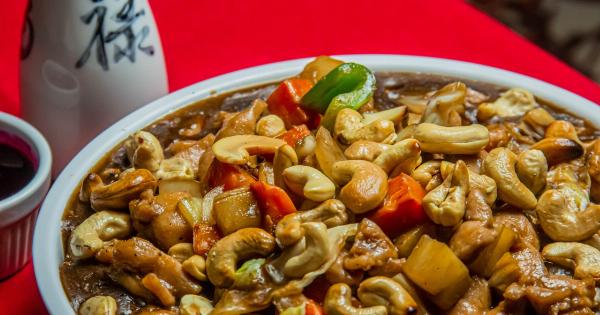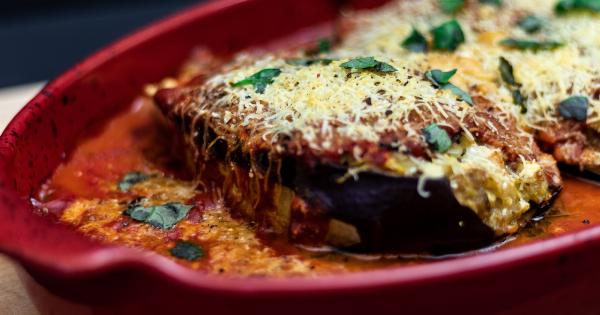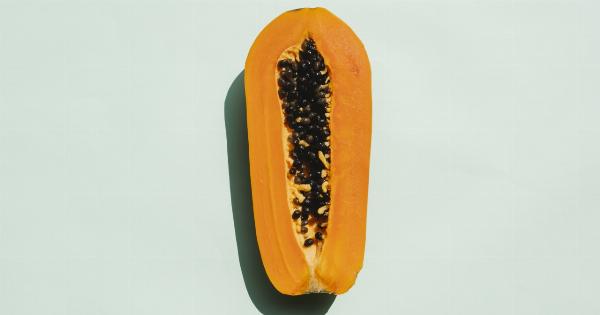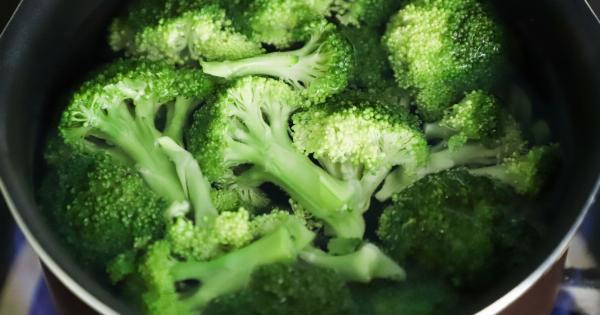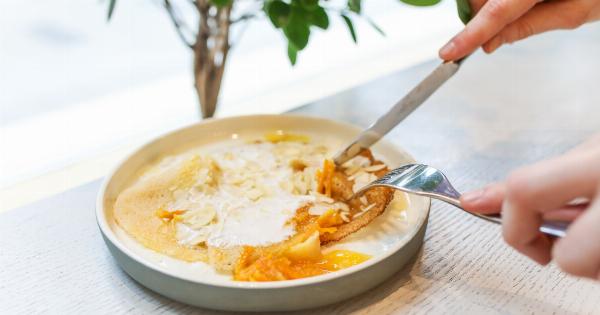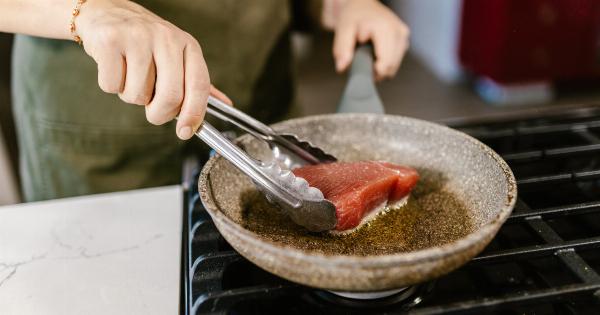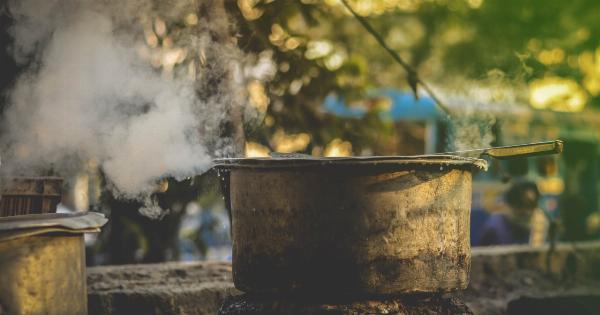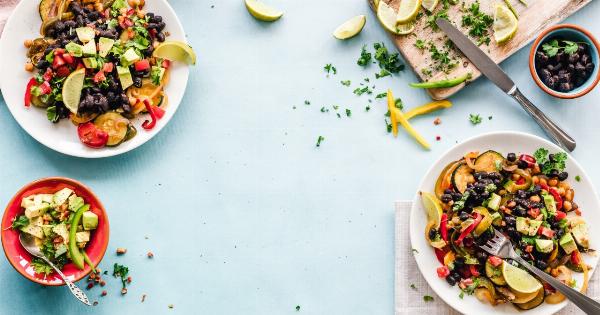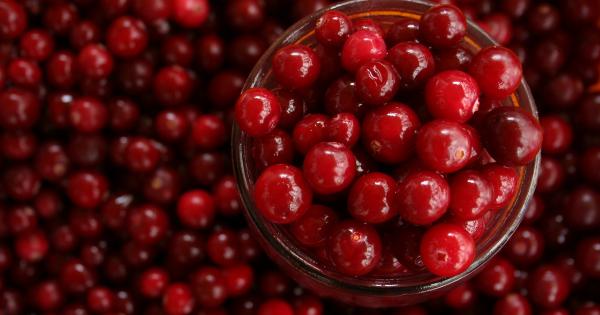Chicken is a versatile and widely consumed meat that can be cooked in various ways.
Whether you prefer a juicy grilled chicken breast or a succulent roasted chicken, achieving the perfect temperature is crucial to ensure it is cooked thoroughly without becoming dry or undercooked. In this article, we will discuss the ideal temperature for perfectly cooked chicken and the various methods to achieve it.
The Importance of Temperature
When cooking chicken, especially poultry, it is essential to cook it to the right internal temperature to eliminate harmful bacteria like Salmonella.
The ideal temperature ensures that the chicken is both safe to eat and retains its moisture, resulting in a delicious and tender texture.
Recommended Internal Temperature
The United States Department of Agriculture (USDA) recommends cooking chicken to an internal temperature of 165°F (74°C) to guarantee its safety. At this temperature, any potential bacteria are destroyed, and the chicken is considered fully cooked.
However, this temperature may vary based on personal preferences and the cooking method being used.
Testing the Temperature
To ensure your chicken has reached the appropriate internal temperature, it is crucial to use a reliable food thermometer. Insert the thermometer into the thickest part of the chicken without touching bone for an accurate reading.
When the thermometer displays 165°F (74°C), your chicken is safe to consume.
Recommended Temperatures for Different Cooking Methods
While the USDA recommends cooking chicken to 165°F (74°C) for safety, some cooking methods allow for cooking to slightly lower temperatures while still ensuring a delicious outcome:
Grilling
Grilling is a popular cooking method that imparts a smoky flavor to the chicken. For perfectly grilled chicken, aim for an internal temperature of 160°F (71°C). At this temperature, the chicken will be juicy and flavorful.
Oven Roasting
Oven roasting is a great way to achieve a crispy skin and even cooking. To achieve the ideal texture, cook the chicken until it reaches an internal temperature of 165°F (74°C). This ensures it is thoroughly cooked while maintaining its moisture.
Sous Vide
Sous vide cooking involves vacuum-sealing the chicken and cooking it in a precisely controlled water bath. Set the water bath to 150°F (66°C) and cook the chicken for at least one hour to ensure it reaches the recommended internal temperature.
Afterward, you can sear it on a stovetop or grill for added flavor and texture.
Stir-Frying
Stir-frying chicken requires high heat and a quick cooking process. When stir-frying, aim for an internal temperature of 165°F (74°C) to ensure the chicken is fully cooked while remaining tender.
Deep-Frying
Deep-fried chicken is known for its crispy exterior and moist interior. For perfectly cooked deep-fried chicken, maintain the oil temperature at 350°F (177°C) and cook the chicken until it reaches an internal temperature of 165°F (74°C).
Resting Time
After removing the chicken from the heat source, it is essential to allow it to rest for a few minutes. Resting helps redistribute the juices, resulting in a more flavorful and tender chicken.
A resting time of 5-10 minutes is generally sufficient, depending on the size of the chicken piece.
Conclusion
Accurately cooking chicken to the ideal temperature is crucial for both safety and taste. The recommended internal temperature for safely cooked chicken is 165°F (74°C), but certain cooking methods allow for cooking to lower temperatures.
Whether you prefer grilling, oven roasting, sous vide, stir-frying, or deep-frying, using a food thermometer ensures your chicken is perfectly cooked and delicious. Remember to let your chicken rest before serving to fully enjoy its tenderness and flavors.
